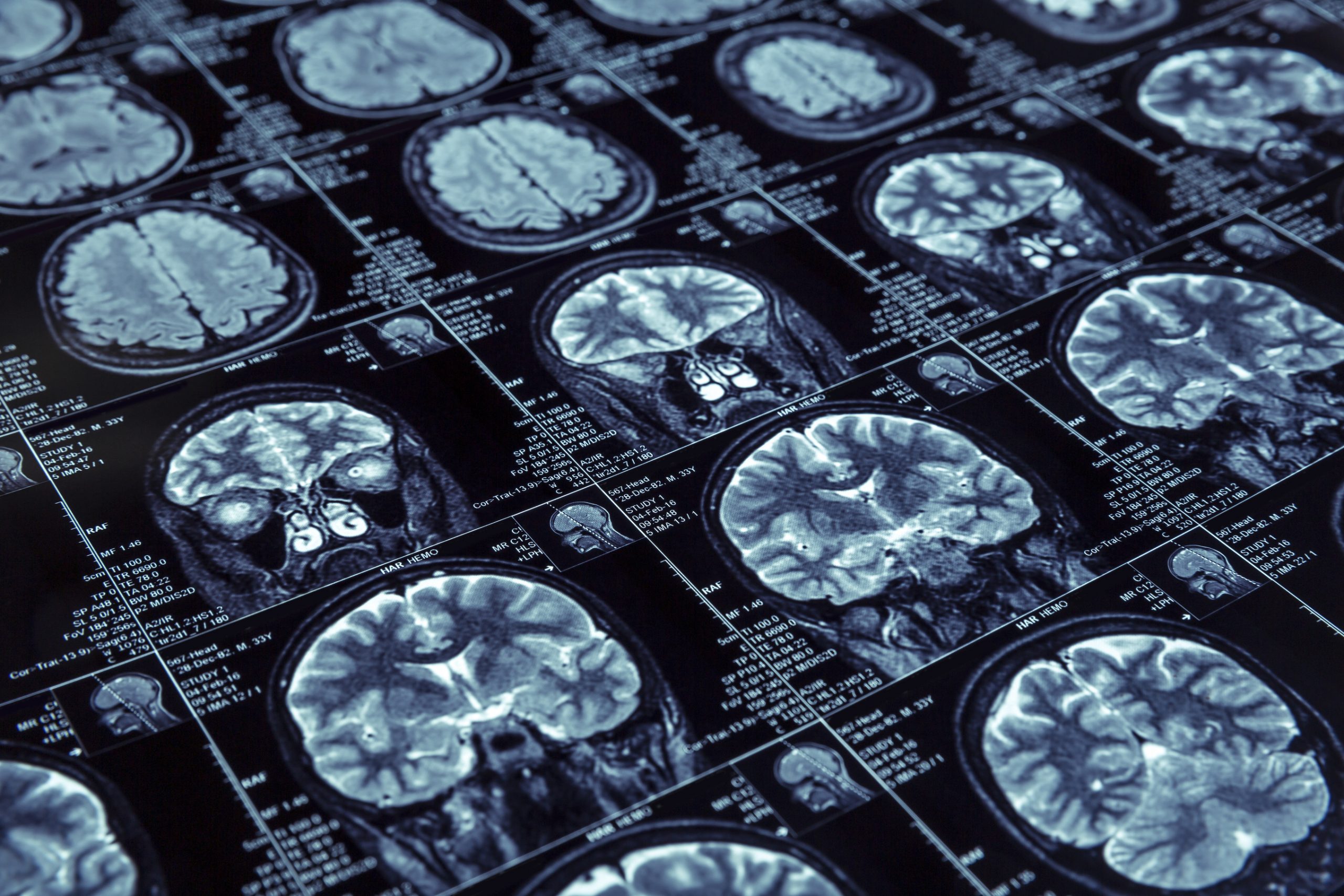AI-designed serotonin tracker could help develop neurology drugs

A serotonin sensor designed using Artificial Intelligence (AI) could help scientists study sleep and mental health and potentially find new neurology drugs.
The US National Institutes of Health said that the research it had co-funded used AI to transform a bacterial protein into a new research tool.
It is hoped that the protein, which “catches” serotonin molecules and allows them to be tracked, could detect subtle, real-time changes in serotonin levels during sleep, fear and social interactions.
The technique could also be used to test the effectiveness of new psychoactive drugs, according to the US-government funded NIH.
This study in mice was funded by the NIH’s Brain Research Through Advancing Innovative Neurotechnologies (BRAIN) initiative, which aims to revolutionise understanding of the brain under healthy and disease conditions.
It was led by researchers in the lab of Dr Lin Tian, principal investigator at the University of California Davis School of Medicine.
In the study, researchers transformed a nutrient-grabbing Venus-flytrap shaped bacterial protein into a highly sensitive fluorescent sensor that lights up when it captures serotonin.
Tian’s lab builds on the work of scientists in the lab of Dr Loren Looger, Howard Hughes Medical Institute Janelia Research Campus, Ashburn, Virginia, who used traditional genetic engineering techniques to convert the bacterial protein into a sensor of the neurotransmitter acetylcholine.
Tian worked with Looger’s team and used artificial intelligence to completely redesign the protein known as OpuBC to catch serotonin instead.
The researchers used machine learning algorithms to help a computer ‘think up’ 250,000 new designs. After three rounds of testing, the scientists settled on one.
Experiments in mouse brain slices showed the sensor responded to serotonin signals sent between neurons at synaptic communications points.
Further experiments on cells in petri dishes suggested that the sensor could effectively monitor changes in these signals caused by drugs, including cocaine, MDMA and several commonly used antidepressants.
Mouse studies showed the sensor monitored an expected rise in serotonin levels when mice were awake and a fall as mice fell asleep.
They also spotted a greater drop when the mice eventually entered the deeper, REM sleep states.













